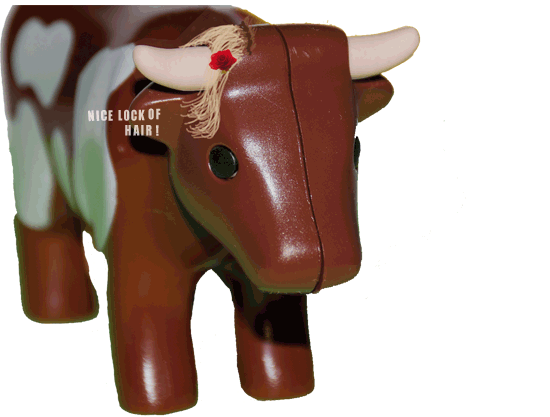____________________________________________________________________________________
OPENING NIGHT 2017
by P'Silo and the Festival Tous Courts
Videodrome 2/ 49 Cours Julien 13006 Marseille tel. 33 4 91 42 75 41
Tuesday July 4, 21h Scientific Body / Fantastic Body - 8 films _ 1h40
For 35 years, the Festival Tous Courts [ festivaltouscourts.com ] is to spread awareness of all cinemas: fiction, documentary, experimental. In 2004, the theme for experimental program is "Scientific Body / Fantastic Body" and present heritage and contemporary movies. An astonishing and surprising fusion, a trip through the body, an intimate and distant study about what we are. The program "aixperimental 2" is entirely re-screened in Images Contre Nature Opening Night.
Scientific Body / Fantasy Body
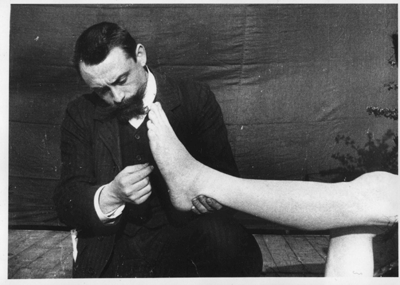
Films de patients neurologiques by Arthur van Gehuchten
[extraits du film du professeur Geneviève Aubert et Christian Laterre - 2004]
10 mn, b/w, 16 mm, 1905/1914, Belgium
Arthur van Gehuchten (1861-1914) was the main figure in Belgian neurological sciences around 1900. An avant-garde teacher, he was a pioneer in filming neurology. His films are a detailed illustration of neurological examinations and semiology.
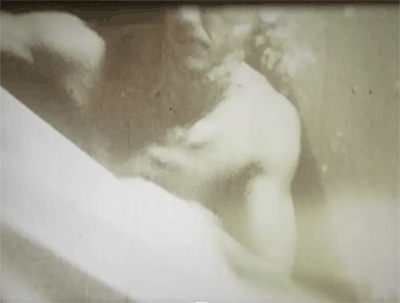
Empreinte by Xavier Baert
12 mn, colour, 16 mm, 2004, France
With Cyril Accorsi. Appearance of a figure in the emulsion. The body, the movement, the variations of speed, the veil of the dancer all melt into a single matter. Going through various cinematographic states of the body, with reminiscences of Étienne-Jules Marey et de Loïe Fuller.
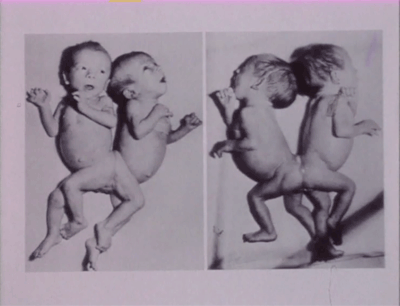
Les soeurs siamoises by Turin de Luigi Solerino, Maria Gomirato Sandrucci et Enrico Ciocatto
14 mn, colourr, 16 mm, son optique, 1965, Italy
A surgical operation separated Giusppina and Santina, the Siamese Sisters Of Turin who where linked by the bottom. The film was shot, before, during and after the surgery and shows what monstrosity the surgeons had to face, how did the operation go and what the results were.
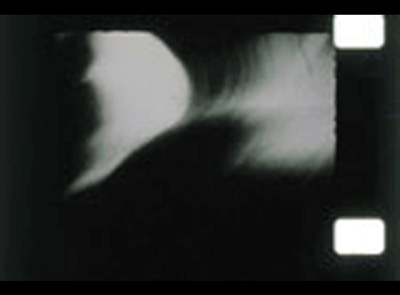
L'entre deux by Philippe Cote
21 mn, colour & b/w, 16 mm, 2003, France
The human figure, from the black of the origins to the full light. Haptic cinema, the camera as an extension of the body, looking for the moments where other possibilities emerge. The images wera shot in Super 8 and then reshot in 16 mm.
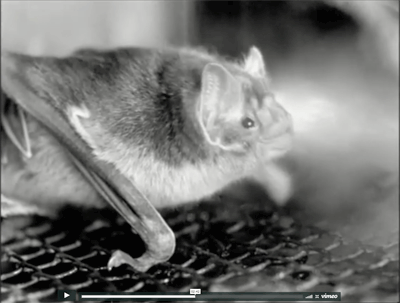
Le vampire by Jean Painlevé
9 mn, n/b, 35 mm, 1939/1945, France
"I know a few hundred species in their intimacy, not counting humans [...] including the long-gone friends you meet again when getting closer to death."
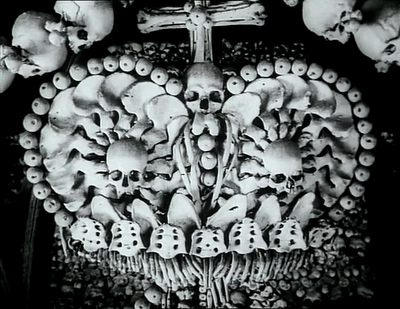
The ossuary by Jan Svankmayer
10 mn, b/w, 35 mm, 1970, Czech republic
(Kostnice) The entire film is composed of documentary images which the artist manipulates in a singular way. The film-maker uses elaborate, contrast-rich editing, alterning static images and leisurely camera pans with bursts of rapid-montage, swish-pans and tilts reminscent of impressionist technique of the pionner of early French film Abel Gance.
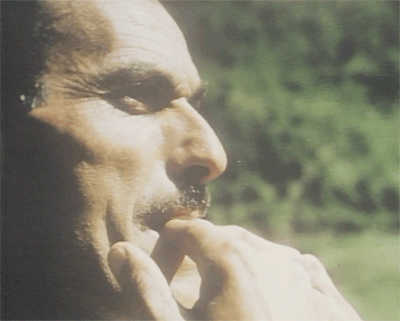
Documents sur une langue sifflée turque by René Guy Busnel
12 mn, colour, 16 mm, 1967, France
In an isolated valley in the North of Turkey, a group of people living in the mountains communicate thanks to whistling. The film shows the various modes of whistling they use, examples of conversations and an analysis of this phenomenon trough X-ray images.
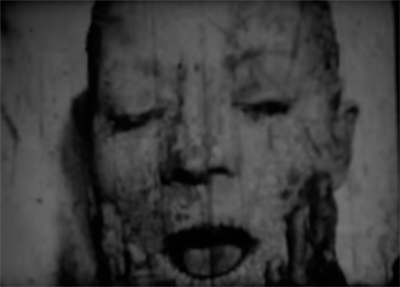
Macula by Carole Arcega
10 mn, colour, 16 mm, 2004, France
Macula, or small yellow spot, is the point of the retina the most sensitive to, light. In this film, a photosensitive body reveals itself then becomes damaged in the light. The emulsion, sensitive to the world, goes through various states; it is pure light, liquid, mineral, vegetable...

